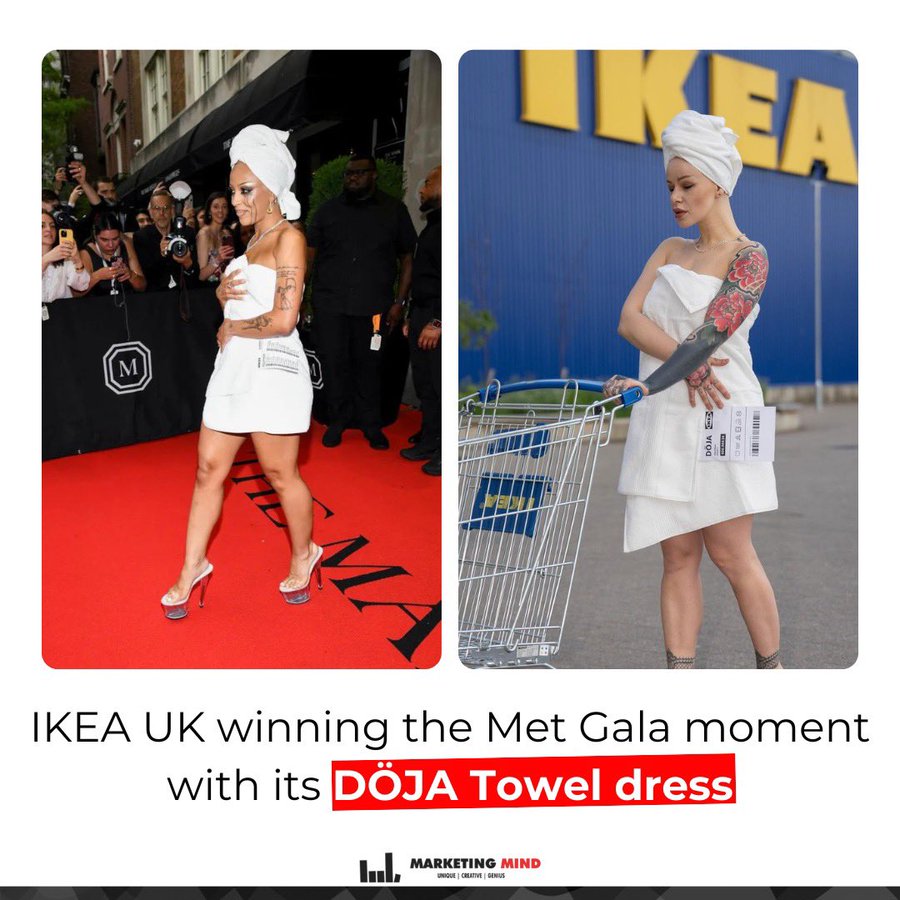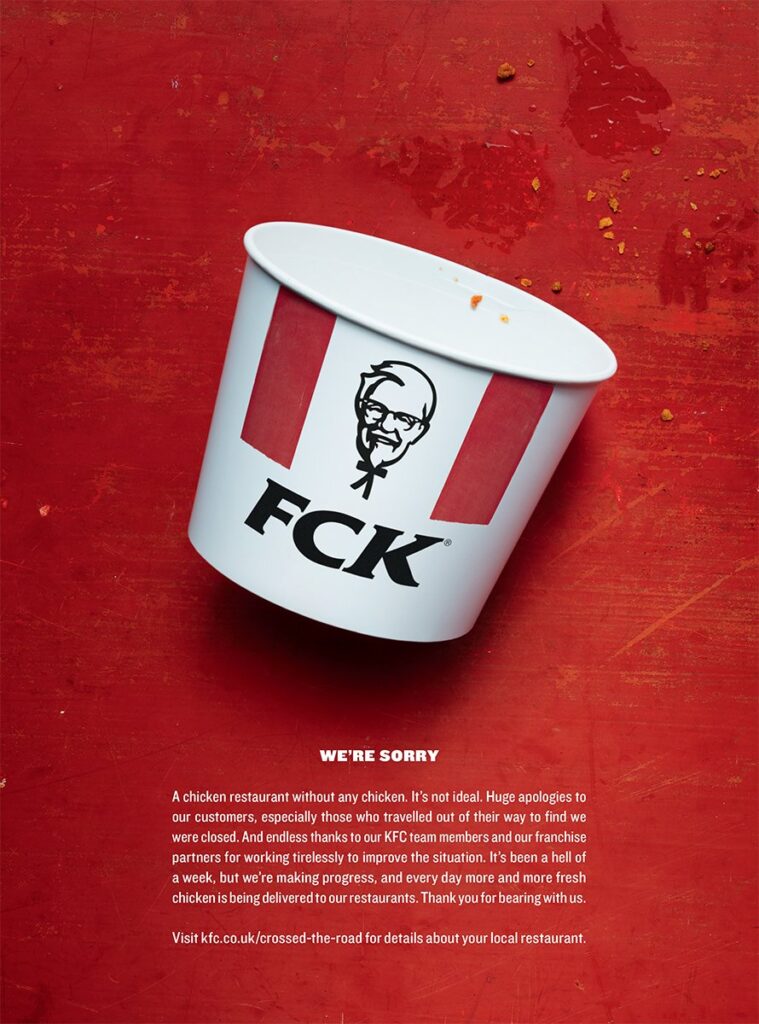What is Reactive Marketing?
Reactive marketing is a strategy where brands respond quickly to real-time current events, trends, or customer feedback. By engaging in real-time, brands aim to stay relevant, boost engagement, and create timely connections with their audience, often leading to increased online presence and stronger brand awareness.
Difference Between Reactive Marketing and Proactive Marketing
Reactive marketing involves responding to external events and trends as they happen. It’s about seizing spontaneous opportunities to engage with the audience.
Proactive marketing, on the other hand, is planned and involves anticipating market trends and customer needs to create campaigns in advance. While reactive marketing can generate immediate buzz, proactive marketing builds long-term brand strategy and consistency.
Examples of Reactive Marketing
1. Samsung’s ‘We don’t crush creativity’
In a recent controversial move, Apple’s “Crush” ad depicted a powerful image of a giant machine crushing creative devices, including even musical instruments, radio, record player, and camera, which have represented human creativity for ages.
The key message of the ad revolves around Apple’s commitment to innovation and creativity with the promotion of their new iPad Pro which is the thinnest ever.
However, it sparked mixed reactions, with many critics arguing Apple is destroying traditional, human creativity with emotionless and creepy AI technologies. Tor Myhren, vice president of Apple’s marketing communications, has apologized in a statement shared by Ad Age “Creativity is in our DNA at Apple, and it’s incredibly important to us to design products that empower creatives all over the world”.
Undoubtedly, Samsung cleverly capitalized on the controversy with its reactive ad, “We don’t crush creativity,” featuring a female artist entering the room where Apple destroyed all creative instruments and played some music with a broken guitar and a Samsung Galaxy Tab S9.
We would never crush creativity. #UnCrush pic.twitter.com/qvlUqbRlnE
— Samsung Mobile US (@SamsungMobileUS) May 15, 2024
The ad’s key message is to support innovation and creative freedom. The ad resonated well with audiences, positioning Samsung as a champion of creativity against Apple’s perceived authoritarian approach.
2. IKEA’s Reactive Marketing to Doja Cat at Met Gala
The Met Gala, an annual fundraising gala for the Metropolitan Museum of Art’s Costume Institute, is known for its extravagant and avant-garde fashion. In this event, Doja Cat shocked her fans by wearing a towel outside the Mark Hotel. The American female rapper has been known for her arrogant and carefree fashion styles.
IKEA quickly jumped on the trend by posting an image on social media of a model wearing a similar towel outfit in front of an IKEA store. The caption humorously suggested that the model was inspired by their bath section, cleverly associating their brand with a viral moment.

3. Oreo’s ‘You Can Still Dunk in the Dark’
During the 2013 Super Bowl, a power outage caused a significant delay in the game, leaving thousands of viewers in the dark. The unexpected event quickly became a trending topic across social media platforms. The stadium was in the dark for half an hour.
Oreo seized the opportunity with a timely tweet that read, “You can still dunk in the dark,” accompanied by a simple image of an Oreo in a spotlight. This quick-witted response went viral, showcasing Oreo’s agility and creative thinking in real-time marketing.
Power out? No problem. pic.twitter.com/dnQ7pOgC
— OREO Cookie (@Oreo) February 4, 2013
4. Burger King’s ‘Moldy Whopper’
In 2020, Burger King launched the “Moldy Whopper” campaign, showing their Whopper decaying over 34 days. This stark visual showcases their commitment to removing artificial preservatives from their food.
The campaign was a direct response to growing consumer demand for healthier, natural ingredients. By visually emphasizing their product’s natural decomposition, Burger King took a bold stance on food quality, differentiating themselves from competitors using artificial preservatives.
5. KFC’s Response to Chicken Shortage Crisis
In 2018, KFC faced a logistical nightmare in the UK after switching from Bidvest to DHL using only one warehouse to deliver across the UK. The brand soon lost its control over logistics and ran out of chicken, temporarily closing many locations. The shortage was widely covered in the media, causing significant public disappointment and frustration.
KFC responded with a humorous and self-deprecating full-page ad featuring an empty chicken bucket with the letters “FCK” instead of “KFC.” This clever apology acknowledged the mistake, regained customer sympathy, and turned a potential PR disaster into a memorable and positive brand moment.

The Advantages of Reactive Marketing
1. Increased Engagement
Reactive marketing captures the audience’s attention by leveraging current events and trends, leading to higher engagement rates. This is explained by the Availability Heuristic, a psychological theory suggesting that people are more likely to engage with information that is readily available and fresh in their minds.
When a brand responds to a recent event or trend, it taps into the audience’s immediate awareness and interest. The familiarity and recency of the event make the content more engaging, as people are naturally drawn to discussions that are currently relevant and widely talked about. This immediacy and relevance can significantly boost engagement metrics such as likes, shares, and comments.
2. Enhanced Brand Relevance
By staying current, brands appear more relatable and in tune with their audience. When a brand reacts to trending conversations, it signals to consumers that it is aware of and responsive to current happenings, thereby positioning itself as trendy.
This perceived relevance makes consumers more likely to engage with the brand, trust its messages, and even prefer its products or services over competitors. Social Proof, therefore, enhances brand credibility and fosters a connection with the audience.
3. Viral Potential
Timely and clever reactive marketing campaigns have a higher chance of going viral, significantly amplifying the brand’s reach and visibility. This can be explained by the Bandwagon Effect, a psychological phenomenon where people tend to do something primarily because others are doing it.
When a piece of content starts gaining popularity, more people are likely to notice and share it, leading to exponential growth in visibility and engagement. The viral nature of such content creates a buzz around the brand, drawing in new audiences and fostering widespread recognition. The Bandwagon Effect thus helps explain how initial engagement can snowball, turning a reactive marketing campaign into a viral sensation.
4. Cost-Effective
Reactive marketing often involves organic content creation, reducing the need for extensive budgets. This advantage aligns with the principle of Occam’s Razor, which advocates for simplicity and efficiency in problem-solving.
By responding quickly to current events with creative, on-the-fly content, brands can leverage their viral nature without the need for elaborate and costly campaigns. This approach not only saves on production and advertising costs but also allows for quicker execution and adaptability.
Occam’s Razor supports this strategy by suggesting that the simplest solutions—like timely and relevant social media posts—are often the most effective, enabling brands to achieve significant impact with minimal expenditure.
Sy Chu
As an analytical and creative marketing enthusiast skilled in customer analysis, content research and brand management, my passion is help businesses gain insights into their brand and marketing strategies to drive impactful outcome to their success.

The article is well written and I am interested in marketing!
It’s great to know that you are interested in marketing. It’s fun to learn not only as a main subject but also a side one ^^